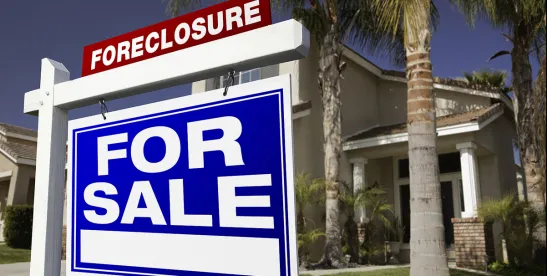Condominium Associations and Homeowner Associations are often faced with delinquencies that negatively impact their financial stability. Determining the best method of collection is crucial to recovering fees due to the Association. Associations may collect assessments, late fees, interest, fines, attorneys’ fees and costs or other charges permitted by the governing documents, by proceeding with a money judgment action, a foreclosure action, or both. Association Boards and managers should know the difference between money judgments and foreclosures, and how arrears are recovered in each action.
Money Judgment
A money judgment action is a lawsuit against the unit owner to obtain a personal monetary judgment. A money judgment action is filed to collect assessments, late fees, interest, fines, attorneys’ fees and costs or other charges assessed by the Association. Once a judgment is entered against the unit owner, it accrues interest and remains in place for 20 years. Associations can collect on the judgment in various ways, such as by garnishing wages, levying bank accounts, or levying rental income. Associations also have the option of obtaining a rent receivership order to collect on the judgment. If an Association cannot collect on the judgment after exhausting efforts to execute on personal property, the Association may motion the court to request a writ to sell the unit to satisfy the judgment.
Foreclosure
Another method of collection available to Associations is a foreclosure action. This action forecloses liens the Association has recorded against a unit. This process typically takes over a year. The unit is ultimately sold at a sheriff’s sale. The purchaser at the sheriff’s sale takes the unit subject to the mortgage and other encumbrances. The Association is then paid the amount it was awarded in the foreclosure action plus interest. If no one bids on the unit at the sheriff’s sale, the unit goes to the Association. An Association may rent out the unit to attempt to satisfy the amounts owed.



 />i
/>i
